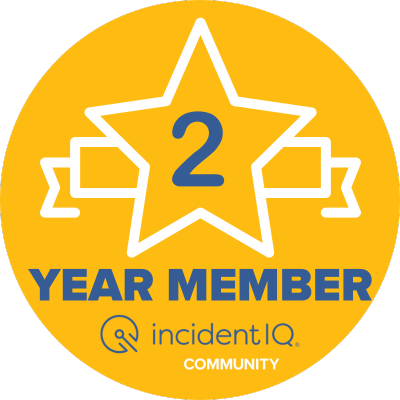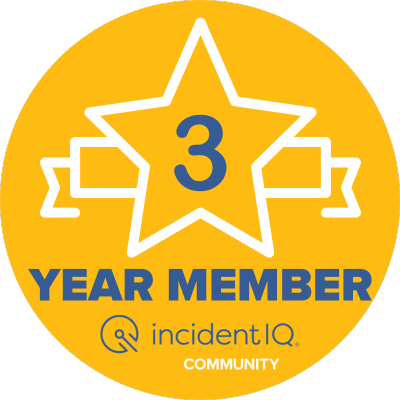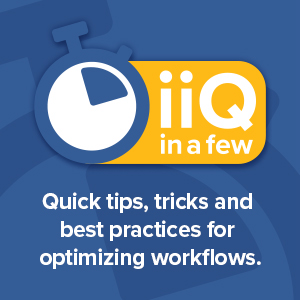Welcome to the Incident IQ Community
Featured Topics
Community experts
Badge winners
 DOaks 3070143 edkeyhas earned the badge 2 Year Member
DOaks 3070143 edkeyhas earned the badge 2 Year Member MPaul 613d8ae canbyhas earned the badge 3 Year Member
MPaul 613d8ae canbyhas earned the badge 3 Year Member JStrumwasser 636c19 copiaguehas earned the badge 3 Year Member
JStrumwasser 636c19 copiaguehas earned the badge 3 Year Member BHinrichs 947ffe5 carlislecsdhas earned the badge 1 Year Member
BHinrichs 947ffe5 carlislecsdhas earned the badge 1 Year Member
Incident IQ is a service management platform built for K-12 school districts, featuring asset management, help ticketing, facilities maintenance solutions, and more.
Corporate Headquarters:
750 Glenwood Ave SE, Suite 320
Atlanta, GA 30316



